Fired by eco-friendliness, economy and the need for something special, the savviest Beijing hipsters have proclaimed consignment shops and thrift stores to be kosher shopping destinations. Of course, most of the time, this means hitting Williamsburg, Brick Lane, or American Ebay. Only abroad can a wide range of quality secondhand goods be found at reasonable prices, though there are some secondhand markets in Beijing as well as shops specializing in imported vintage.
在北京èªæ˜ŽçŽ¯ä¿çš„潮人现在更愿æ„去二手店买æœè£…。国内还相对缺ä¹è´¨é‡å¥½çš„二手货,所以很多人还是得去伦敦纽约的时候买。
Worn items are mostly acceptable to young and “cool” kids who with more individual styles of dress – as opposed to pure fashion types.
A vintage tweed sport coat shipped in from Japan seemed somehow more hefty and manly than much of the other attire at fashion parties.
Of course used handbags are the easiest item for most to digest and several Taobao stores already carry these – though they tend also to be brought in from foreign countries.
Mixing vintage items with one-off pieces from local designers is perhaps the best way to create completely unique ensembles.

ç©¿è¿™ç§è¡£æœçš„人是比较“酷â€ï¼Œè€Œä¸æ˜¯æœ€ä¸»æµçš„人。
西装是在从日本寄过æ¥çš„。
当然最多还是买二手皮包。现在已ç»æœ‰å¾ˆå¤šè¿™æ ·çš„店。
最独特穿法是把vintage的东西跟本地设计师的作å“混在一起。
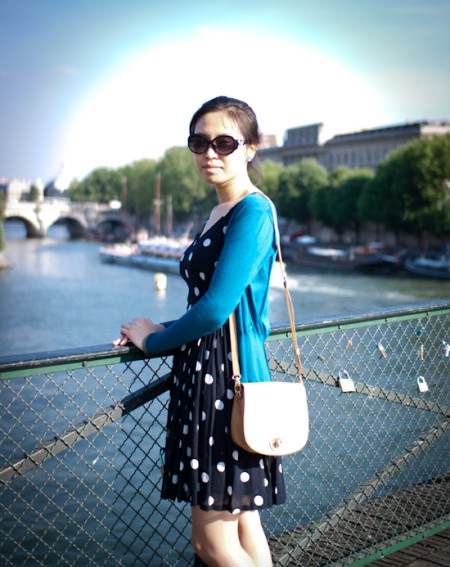
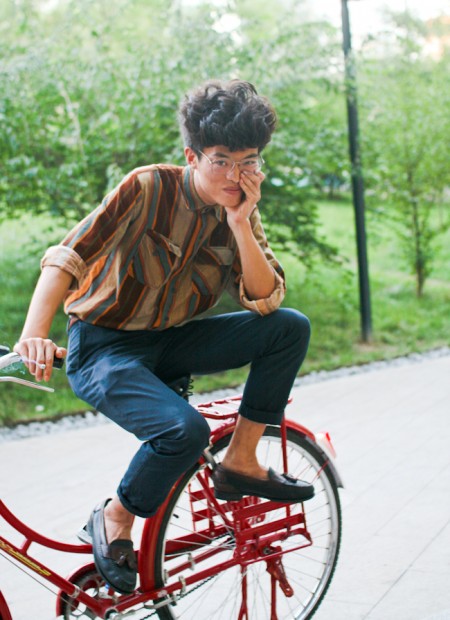
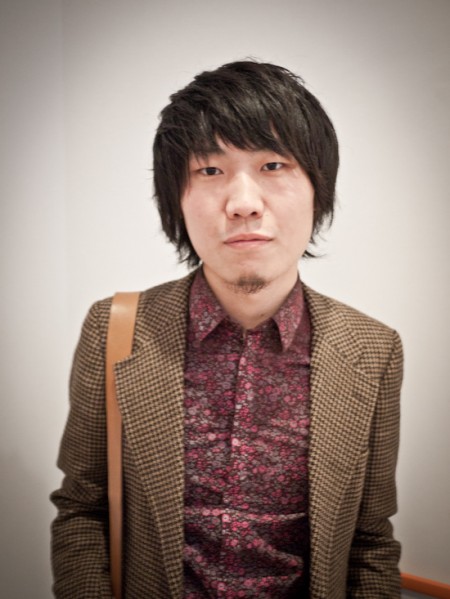
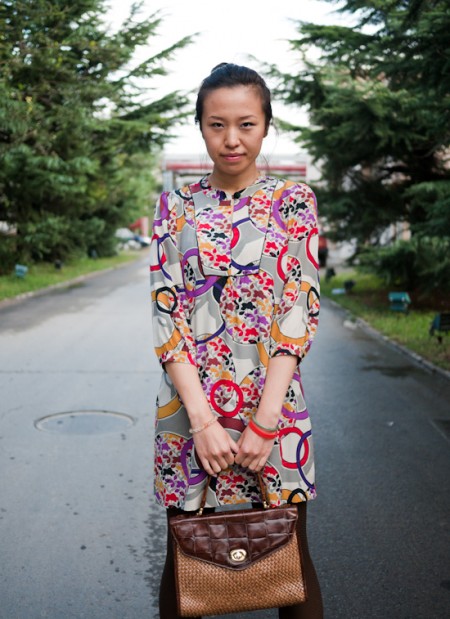
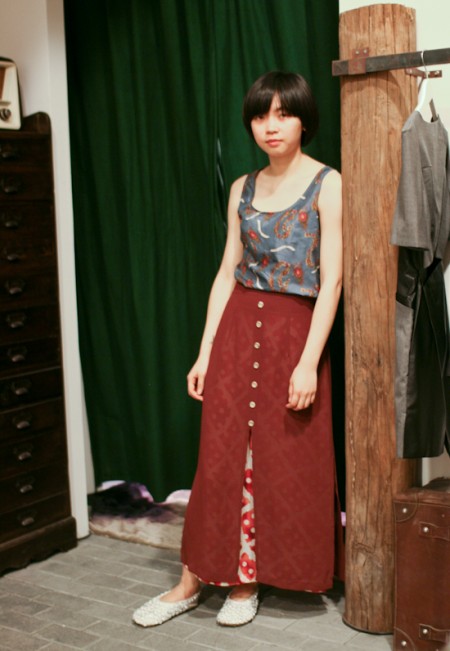
Comments are closed.